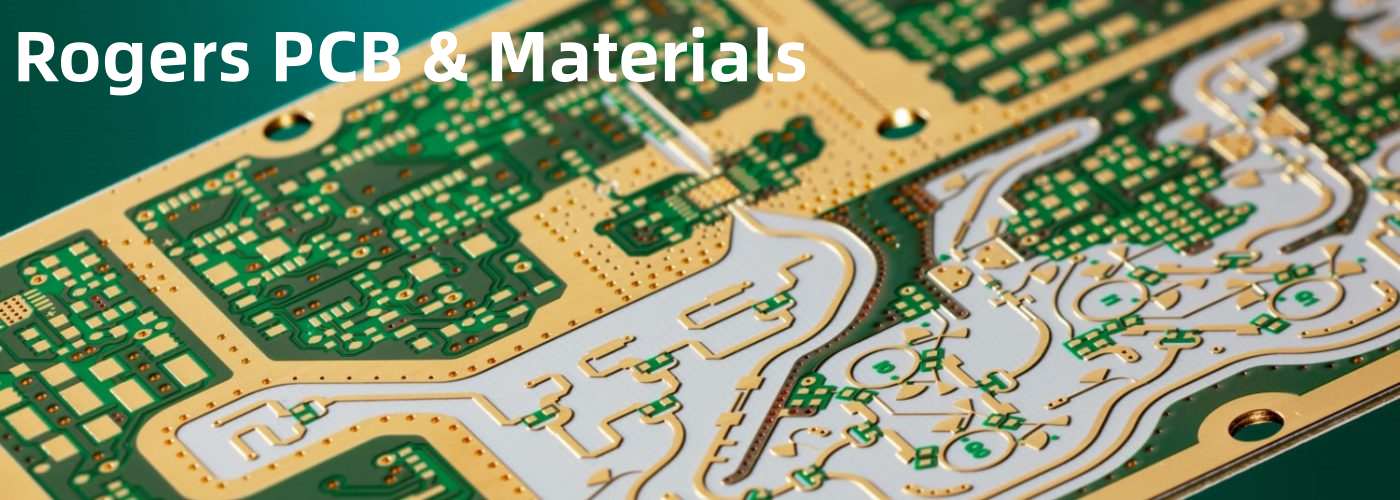Introduction
The Rogers ARLON Ultrapad Press Pads are a high-performance padding material used in the thermal compression bonding process for multilayer printed circuit boards (PCBs). These press pads help produce reliable interconnects during multilayer lamination while minimizing pad impression. In this article, we will take a closer look at the features and benefits of the Rogers ARLON Ultrapad press pads.
Key Features
High Thermal Stability
The Rogers ARLON Ultrapad press pads are engineered with aramid fiber reinforcement, giving them exceptional thermal stability. They are capable of withstanding the high temperatures and pressures of multilayer lamination processes without breaking down. This ensures dimensional stability and prevents pad telegraphing on the PCB surface.
Low Compressibility
These press pads have low compressibility, meaning they resist excessive compression under high lamination pressures. This helps minimize pad impression, maintains registration accuracy, and prevents inner layer copper deformation. The pads rebound to their original thickness after each lamination cycle.
Smooth Surface
The pads feature smooth, resin-rich surfaces that will not scratch or mark PCB surfaces. This protects the copper surfaces of the circuit boards during the lamination process.
Various Thicknesses
Rogers ARLON Ultrapad press pads are available in thickness ranging from 0.015 inches to 0.125 inches. This allows manufacturers to select the appropriate pad thickness based on the number of layers and overall board thickness. Thinner pads are used for finer line boards.
Benefits

- Consistent quality and performance through repeated lamination cycles
- Minimal pad telegraphing for excellent surface finish
- Maintains registration accuracy for reliable plated through holes
- Extends tool life
- Easy release from PCB surfaces
- UL 94V-0 flammability rating
Applications
The Rogers ARLON Ultrapad press pads are designed for the following applications:
- Multilayer PCB lamination
- Double-sided PCB lamination
- Metal core PCB lamination
- Rigid-flex PCB lamination
- High layer count PCBs
- Fine line multilayer PCBs
These press pads are compatible with a wide range of resin systems and prepregs, such as FR-4, high Tg FR-4, polyimide, and halogen-free materials. They are designed to perform well through repeated lamination cycles at high temperatures and pressures.
Frequently Asked Questions
How are Rogers ARLON Ultrapad press pads different from other press pad materials?
The Ultrapad press pads incorporate aramid fiber reinforcement, giving them much higher thermal stability compared to pads made of pulp or synthetic fibers. They also have outstanding dimensional stability and low compressibility.
What temperatures can the Ultrapad pads withstand?
These press pads can reliably withstand temperatures up to 370°C and pressures up to 1500 PSI, making them suitable for all conventional PCB lamination processes.
Do the pads require any surface preparation before use?
No surface preparation is required. The pads can be used as supplied. A light wipe with a clean lint-free cloth may be used if desired.
How are the Ultrapad press pads packaged and stored?
They are packaged in waterproof polyethylene bags and stored flat to avoid creasing. They should be stored in a clean, dry environment away from sunlight.
What are some tips for using Ultrapad press pads?
- Select the proper thickness based on board layer count
- Ensure the pads cover all copper surfaces
- Replace pads showing excessive wear or impressions
- Allow pads to recover 24 hours between lamination cycles
- Avoid exposing pads to moisture or contamination

Leave a Reply